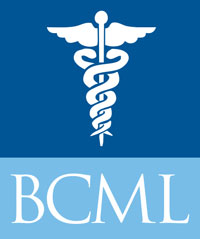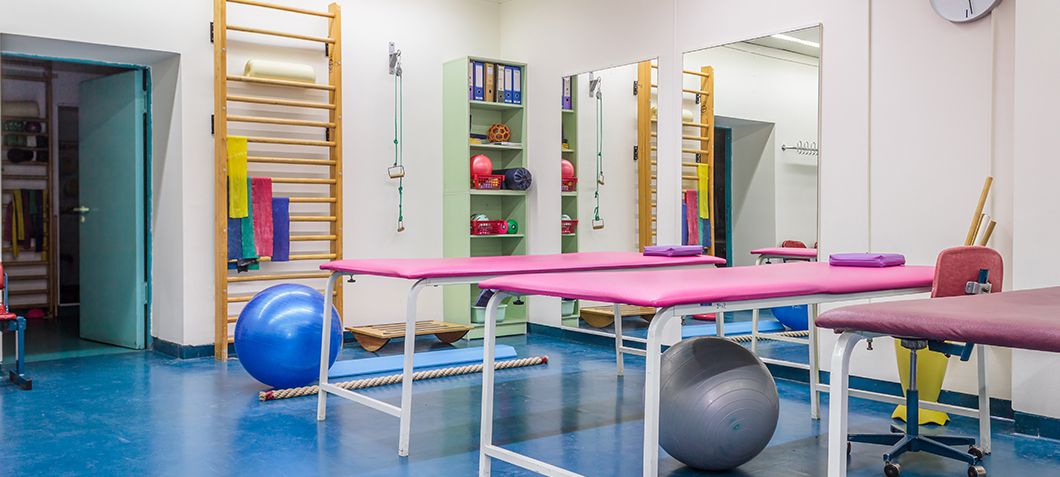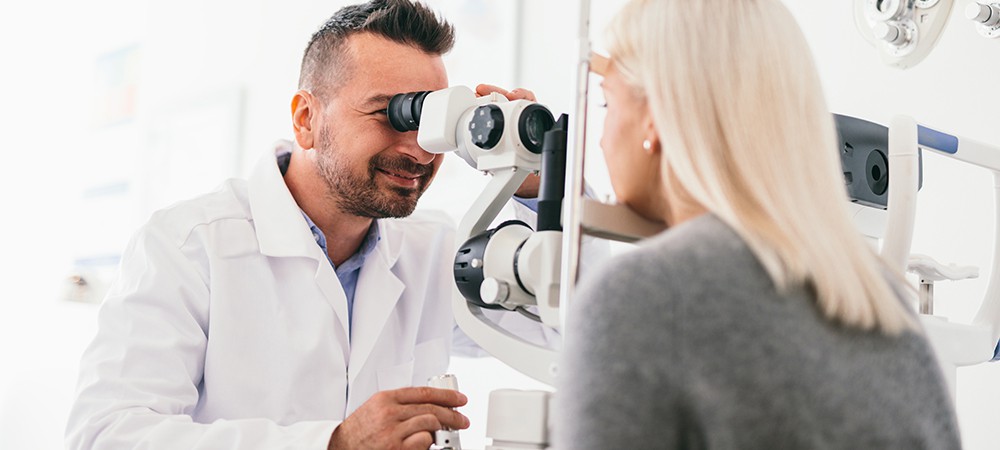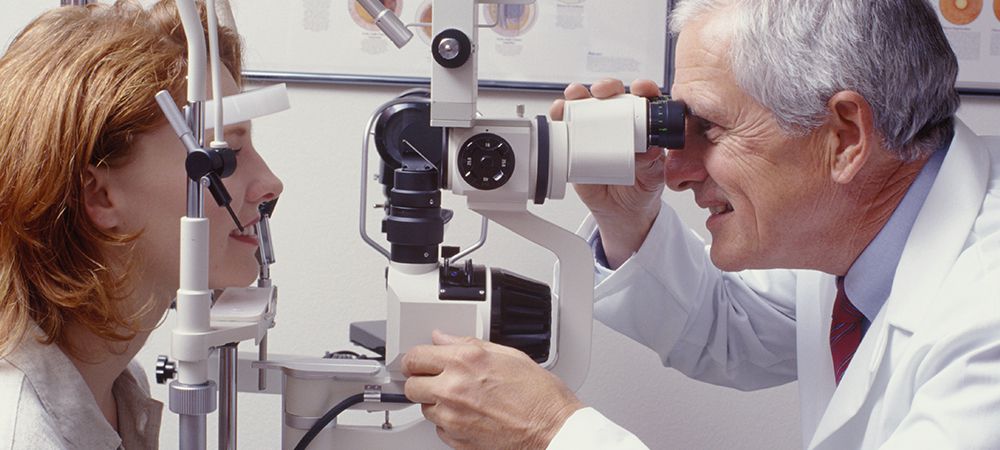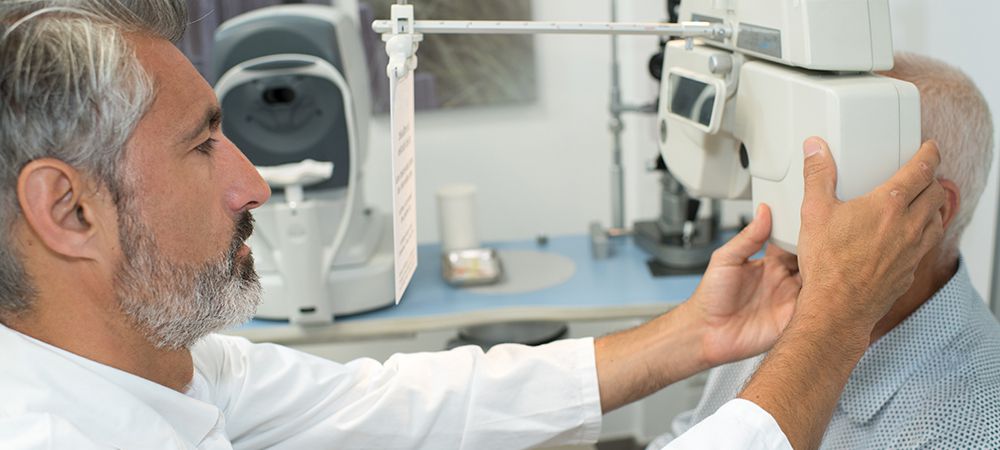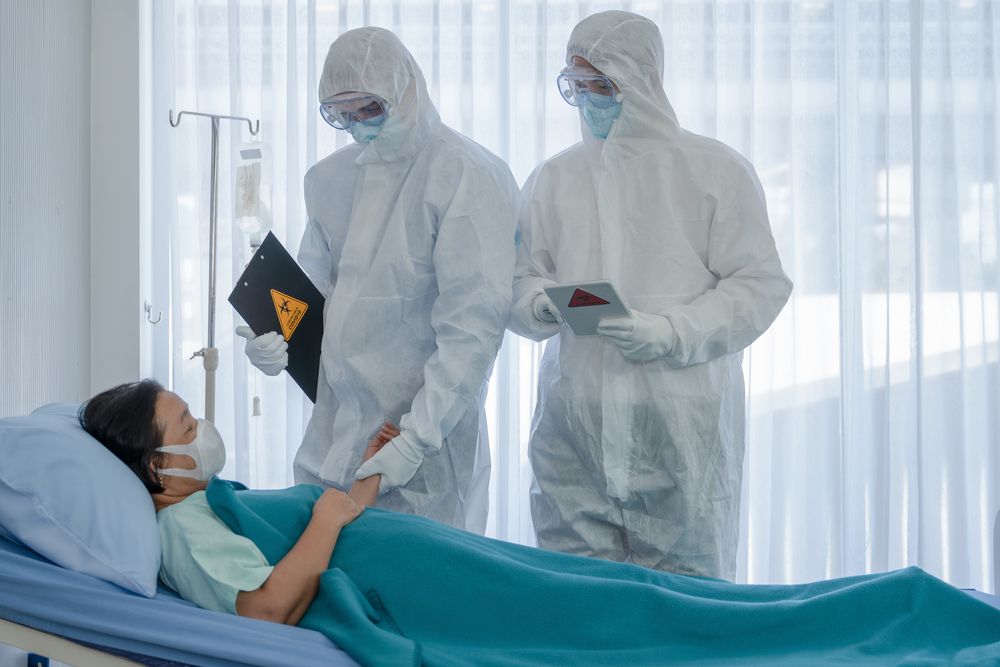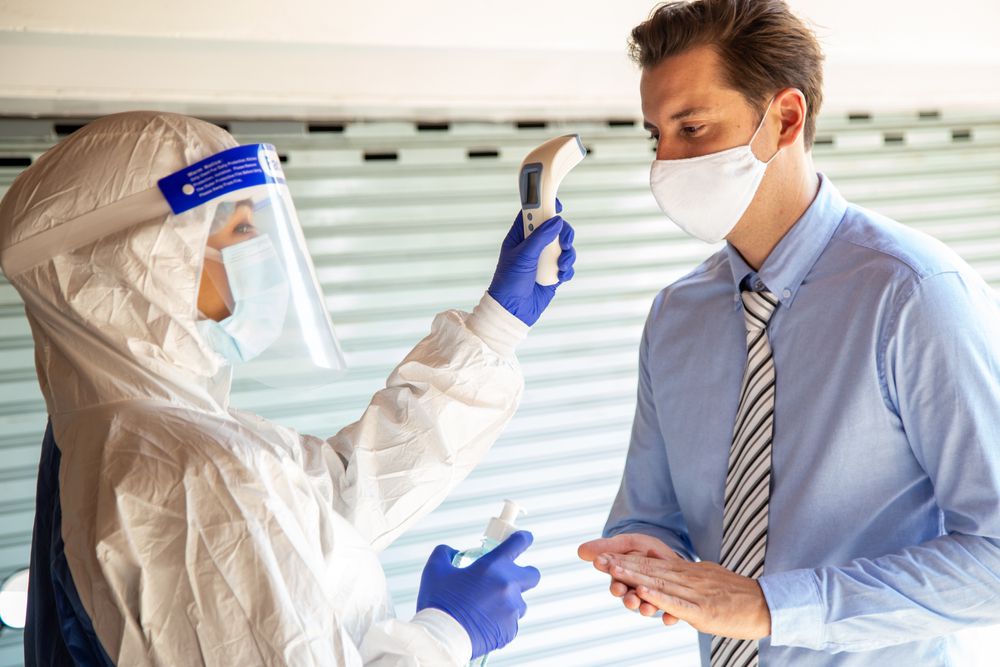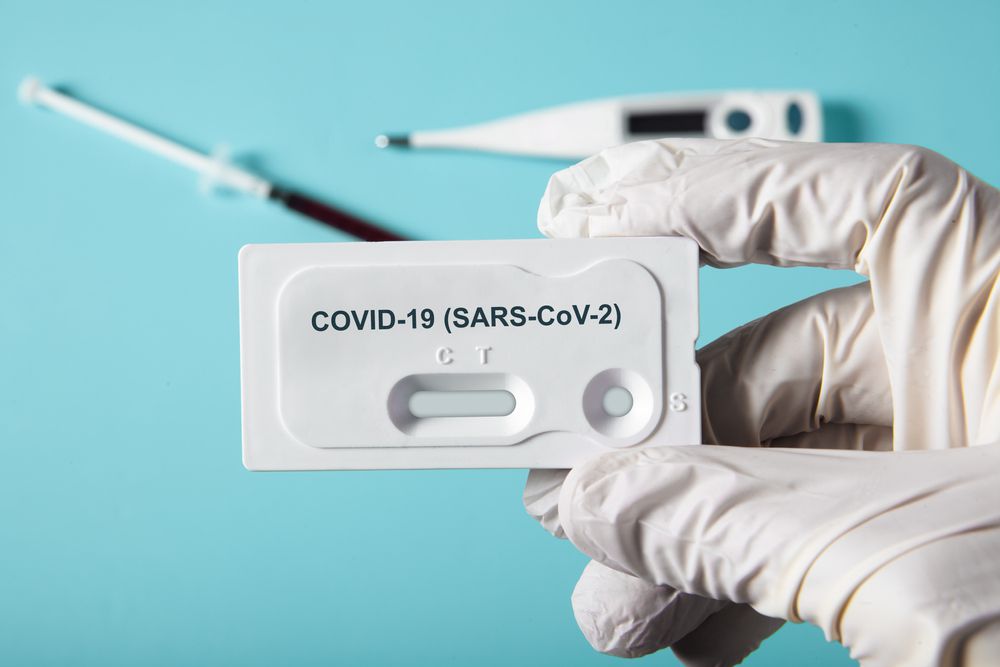When you’re sick, who do you call? If you do not yet have a personal doctor, this can sometimes be a tough question to answer. A family doctor, also known as a “general practitioner (GP),” is a doctor who can treat and diagnose a wide range of common illnesses, injuries, and chronic conditions for people of all ages. Whenever you have a health concern that is not immediately life threatening, a family doctor can help.
So, how do you find a family doctor? There are a few ways to go about finding a family doctor in Toronto. In this article, we will look at how to find a doctor, what a family doctor can provide, and what to look for when finding the right doctor for you.
Ways to Find a Family Doctor in Toronto
- Start with a simple online search for a family doctor in your area. Call individual offices to see if they are accepting new patients.
- Ask friends and family if they have a doctor they are happy with.
- Check online reviews for doctors in your area.
- Contact local universities with medical programs. In these programs, doctors are completing their residency, a supervised training period where doctors continue their education. Residents are family doctors and fully capable of providing quality care, treatment, and diagnoses.
- In Ontario, there is also Health Care Connect. With this service, you will be put on a waitlist to find an available doctor in your area. While this can be useful, certain areas may not have as many openings for new patients. Due to this, it is beneficial to try other methods while you wait to hear from the service.
Things to Consider When Choosing a Doctor
Online Reputation: Online reviews are a good starting point to see if a doctor is the right fit for you. However, it is important that you read individual reviews instead of simply looking at a number rating. This is because a patient may provide a negative rating for reasons that may not be relevant for you. For example, a patient may give negative reviews because the doctor does not have extended hours. If extended hours are not an issue for you, this is not a relevant review.
Location: While broadening your search to include surrounding cities may help you find a family doctor who is accepting new patients faster, it can set you up for failure in the long run. If your doctor is not close enough to be convenient, this can make it difficult to stay on top of appointments. This is especially true if you have any conditions that would require you to make appointments more frequently.
Consider the Facility: When choosing a doctor, look to see what other services their clinic offers. For example, if you know that you may need physical therapy,it could make sense to choose a doctor that works from a clinic that also offers PT. Medical facilities with other specialists and diagnostic capabilities can also be extremely convenient and worth considering. Also, look for reviews of the clinic itself, not just the individual doctor. This can give you insight into the clinic’s overall reputation, how up to date their technology is, etc.
What Services Can a Family Doctor Provide?
Unless your illness or injury is immediately life-threatening, a family doctor will likely be able to help. There are exceptions to this covered in the next section. Here is what a family doctor can do:
- Routine check-ups and physicals
- Regular health screenings
- Treatment and diagnosis of common illnesses and injuries (I.E. viruses, flu, minor sprains etc.)
- Help with ongoing management of chronic conditions
- Prescriptions
- Referrals to specialists
What Can a Family Doctor NOT Do?
There are two main things a family doctor cannot typically help with: 1) severe and life-threatening injuries and illness, 2) diagnosis of certain complex conditions. However, they can still help with ongoing care after these events and diagnoses.
For example, a family doctor may not be able to diagnose multiple sclerosis without sending you to a specialist first, but they will be able to help you with ongoing check ups and treatment after. Similarly, you would not go to a family doctor when you have just broken your leg, but you would likely see them for follow-up visits to check on healing progress.
Additionally, since a family doctor is typically only open during regular business hours, you may need to opt for an emergency room or urgent care for sudden pain or symptoms that occur at night or on a weekend. For example, a child running an extremely high fever on a sunday should not wait until the family doctor’s office opens on monday.
Why Should You Have a Family Doctor?
When you have an illness or injury that is not life-threatening, having a family doctor whom you have an established relationship with makes the process much easier. Here are some key reasons why you should have a family doctor in Toronto.
Publicly Funded: In Toronto, a visit to a family doctor is free. This may not always be the case if you go to a specialist, urgent care, or alternative medical provider.
Referrals: Though your family doctor may not be able to treat and diagnose all conditions they can refer you to a specialist who can help. In many cases, you may need a referral from a primary health care provider before you can even see a specialist. Seeing a specialist who your family doctor recommends, can give you peace of mind.
Peace of Mind: Knowing who to call when you’re sick, saves you the difficulty of trying to find a doctor when you are already feeling poorly.
Established Relationship: Building a relationship with your doctor serves several purposes. 1) as your doctor gets to know you, he or she will be better able to recommend treatments and solutions based on your preferences. 2) Similarly, a doctor you see regularly will have your information on file including which prescriptions you may already be taking and which have worked for you and which haven’t. This can reduce the chances of missing this information with a new doctor. 3) Having a familiar face to talk to when you are sick can be significantly more comforting than seeing a new doctor.
Keep Your Doctor for Life: Since family doctors can see patients of all ages, you can continue to see your doctor as long as they are in practice. A family doctor can even help during pregnancy/prenatal care though you may still need to see an OB/GYN if you have certain complications during the pregnancy.
Find a Family Doctor in Toronto
Having a trusted family doctor can make a major difference in your health and treatment. Establishing an ongoing relationship helps to ensure continuity in the care you receive and can make it easier to stay on top of regular checkups and screenings.
At BCML, we understand how important it is to establish this connection. Our state of the art facilities provide diagnostic capabilities, cardiac health services, health screenings, family doctors, and more for your health and convenience. Get connected with our caring team today, by calling 416-847-1100.
